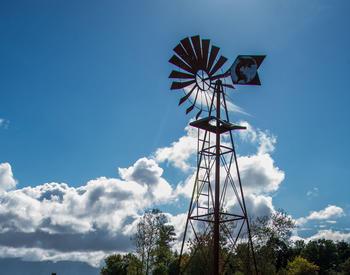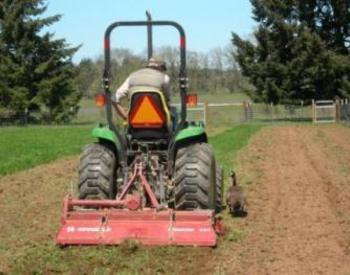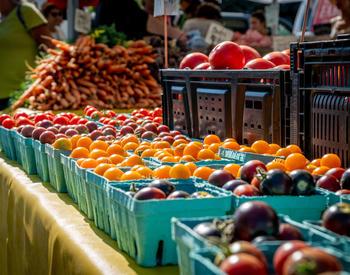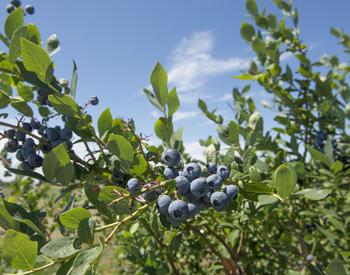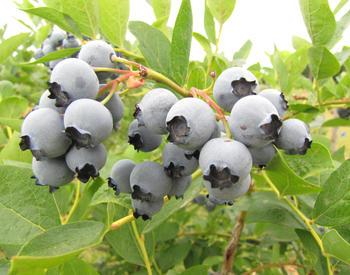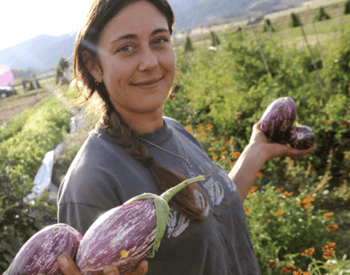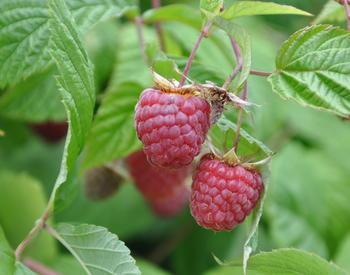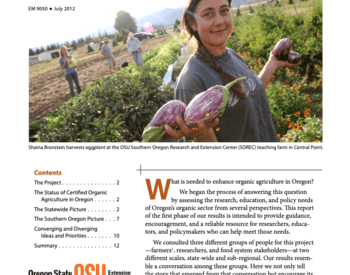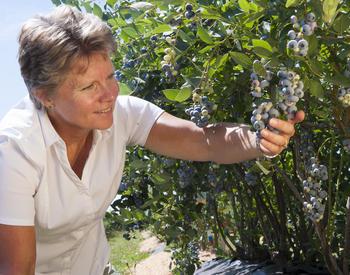CORVALLIS, Ore. – Organic blueberry growers can go toe-to-toe with commercial growers if they plant in raised beds, use a weed mat mulch and low amounts of nitrogen, according to a 10-year study from Oregon State University.
Bernadine Strik, OSU Extension berry crops specialist and professor in the Department of Horticulture who retired in 2021 and died in 2023, said in 2017 that the research shows organic growers can get a higher yield at the lowest cost by using these recommendations, a pivotal finding for the organic industry, which has grown from 2 percent of regional blueberry production in 2006 to as much as 20 percent in 2016. The Pacific Northwest is now the largest organic production region for blueberries in the world.
Because organic fertilizers cost 10 times more and approved herbicides are less effective and more costly than for conventional production, finding ways to reduce costs while increasing production is critical for organic growers.
“If you want higher financial returns, you’ve got to get higher yields,” said Strik, who led the study. “By using the key outcomes of our research organic growers can get a similar yield to what a conventional grower gets. You can do very well using organic practices.”
The first long-term, certified organic study of its kind was funded by the Oregon Blueberry Commission and the National Institute of Food and Agriculture and was published recently in HortScience.
To put themselves on the same playing field as their constituents, Strik and her team got their field certified organic by Oregon Tilth. Because of that effort, OSU now has the only certified organic blueberry research plot in the world.
The three-pronged study looked at the outcome of growing highbush blueberries in raised beds vs. flat ground, the most efficient type and amount of fertilizer to apply, and how best to combat weeds with various mulches.
On a 1-acre field at the North Willamette Research and Extension Center in Aurora, scientists planted industry standards ‘Duke’ and ‘Liberty’ in fall 2006. Some were put in raised beds, some on level ground. Although ‘Duke’ showed no difference in either situation, ‘Liberty’ performed better in raised beds, producing 22 percent better cumulative yields over the nine years of harvest. “That’s huge,” Strik said.
To document the results, researchers took photos underground by threading plexiglass tubes fitted with cameras through the soil in the raised and flat-ground plantings.
“We were able to show significantly more root growth in the raised beds,” she said. “We suspect that’s because there’s more oxygen available.”
Because of the results of Strik’s work, a majority of growers – organic and conventional – now establish fields on raised beds.
The study also looked at the effects of mulch on weed control, which hits hard on the bottom line of organic growers who must pay for hand pulling or use expensive, often less effective organic herbicides. Strik and her team experimented with porous black plastic weed mat, yard debris compost topped with sawdust and sawdust on its own and hand-pulled weeds in all when needed. The weed mat proved the most effective mulch for controlling weeds, allowing for a 6 percent increase in cumulative yield.
“The slight increase in yield coupled with reduced weed management costs … that’s a pretty significant amount of money,” she said.
When the study started, sawdust mulch in the row was the industry standard for weed control. Less than 20 percent of new fields were established with weed mat. As the research went on and the word got out, more growers switched; now more than 80 percent are using it.
To find the most effective source of nitrogen fertilizer, Strik’s team compared different amounts of commonly used feather meal and fish solubles. Feather meal, applied as granules, contained 11 to 13 percent nitrogen, while fish emulsion delivered by fertigation, had 3.5 percent. Both products were applied at an equivalent “low” or “high” rate of nitrogen.
“Being able to reduce the amount of fertilizers applied by half while having similar or greater yield is a huge cost savings to organic growers,” she said.
Yield was also 10 percent greater with feather meal than with fish solubles. ‘Duke’ was particularly sensitive to fertilizer source and produced 35 percent less yield overall with fish solubles than with feather meal. By contrast, there was relatively little effect of fertilizer source or rate on yield in ‘Liberty’. Many organic growers have tried reducing the rate of fish solubles applied to their ‘Duke’ fields to the lower rates studied here, with very positive results.
The bottom line for growers to maximize yields and reduce costs, Strik said, is to plant on raised beds, mulch with weed mat and adjust the fertilizer source based on the cultivar grown. The key is to avoid high rates of fish solubles in the crop.

